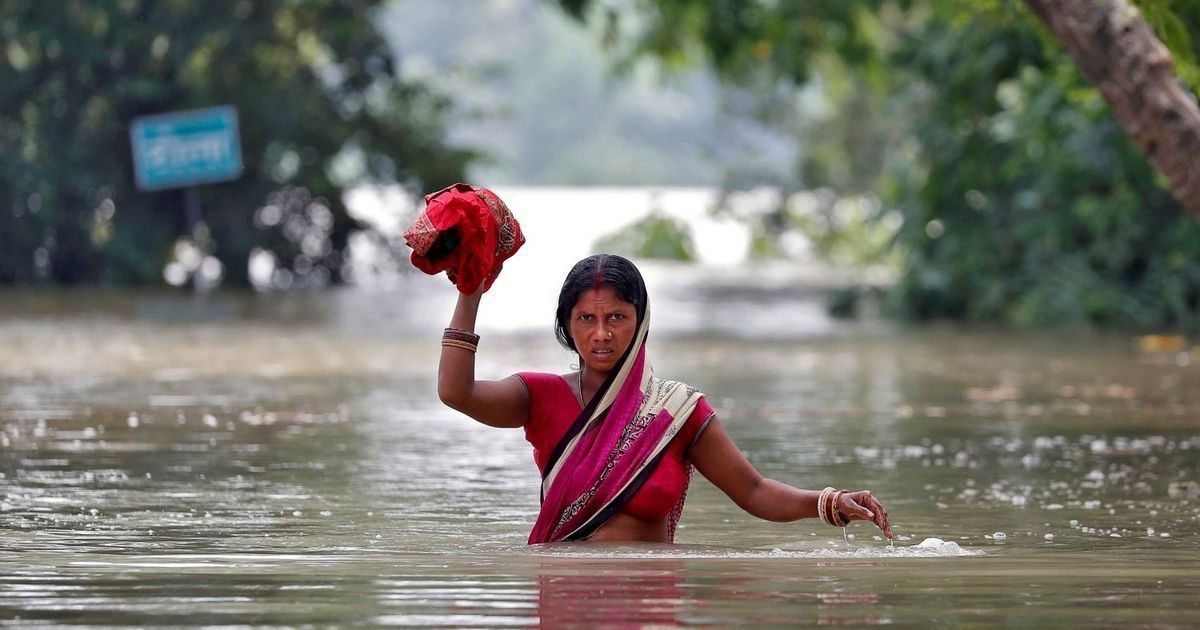Drenched or Dry? India’s Monsoon Anomalies | 🎙️ 5-Min Climate-Weather Report
In this episode, we dive into the stormy waters of Monsoon 2023. As of August 24, India grapples with a 7% rain deficit, revealing intricate regional variations.
By Carbon Impacts / Aug 25, 2023

August 2023 might rewrite Monsoon history
Can you give us an overview of the current rainfall situation across the country?
Certainly! The monsoon has been giving us a tough time this year. Even after a series of extreme weather events, nationwide Monsoon rainfall is deficit by 7% as of August 24. The regions that usually contribute the highest in monsoon, East and NE India, are deficit by 19%, while South India is also battling with below-average rains by 15%.
0-If we look at state-level data, Kerala tops the rain deficiency with 46%, followed by Bihar and Jharkhand, which are also highly deficit by 35 and 30%, respectively. These indicate significant rain deficiencies, painting a complex picture.
That’s quite a variation in rainfall patterns. Can you explain what’s causing this scenario, especially this “break-monsoon” condition we’re currently experiencing?
Ever since the beginning of August, the Monsoon has been weak, and this phase is known as a break-monsoon condition. The phenomenon of a break in monsoon typically occurs in July and August and lasts for about 1-2 weeks.
During these conditions, the Monsoon trough, which governs the rainfall over Northwest and Central India, moves closer to the Himalayas, limiting rainfall over hilly states and adjoining foothills.
So, is this the reason behind back-to-back heavy rainfall episodes in Himachal and Uttarakhand?
Well, India is witnessing an extended break in monsoon conditions this time. August started on a weak rainfall note; after that, rains revived briefly around August 20 when the axis of the Monsoon trough had shifted a little south. But again, in the absence of any strong weather system over the north-central plains, the Monsoon trough moved back north along the Himalayas.
As a result, back-to-back heavy to extremely heavy rainy spells has been lashing Himachal and Uttarakhand for the last several days.
That explains the recent weather events. Could you shed some light on the role of El Nino in this year's Monsoon scenario?
El Nino is the biggest nightmare for the Summer Monsoon season in India. Statistics show that 60% of the El Nino years result in below-normal rainfall. El Nino is gaining strength rapidly, and its impact on Monsoon is quite evident now. Experts say convection over India was suppressed due to heavy sinking motion. On the other hand, over the central Pacific, enhanced convection occurred due to ascending air. This resembles the classical impact of an El Nino.
According to data, during El Nino years, the chances of deficit rains of 20% or more in August are quite high at 47%.
Given the current meteorological trends and predictions, what can we expect for the remainder of this Monsoon season?
Meteorologists cite tough days ahead as they do not expect any recovery in the Monsoon performance during the leftover days.
In fact, According to Dr Madhavan Rajeevan, Meteorologist and former chief at IMD, August 2023 could be the most deficient August in history, with around a 40% deficit. Now that's worrisome for the country, which is already battling extreme weather events and uneven spatial distribution of rains.
The last time India witnessed a deficit in August with high rainfall deficiency was in 2005, with 25% less rainfall.
India’s nodal agency, IMD has already predicted below-normal rainfall for August.
Extreme WeatherMonsoon 2023

